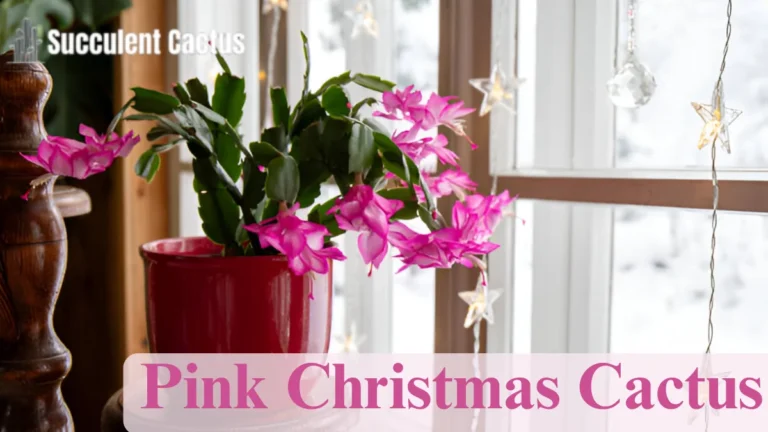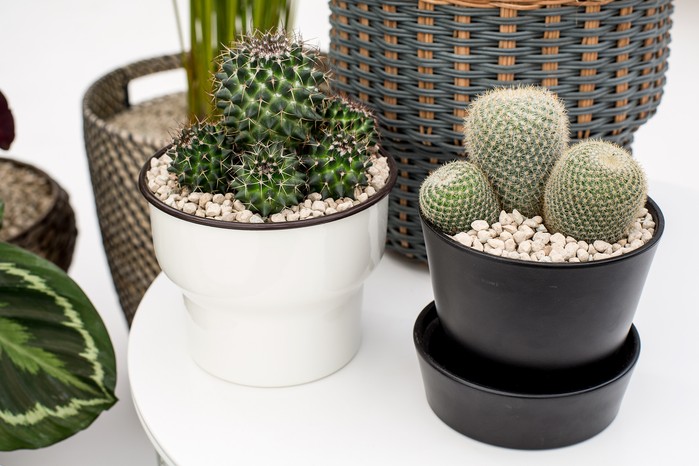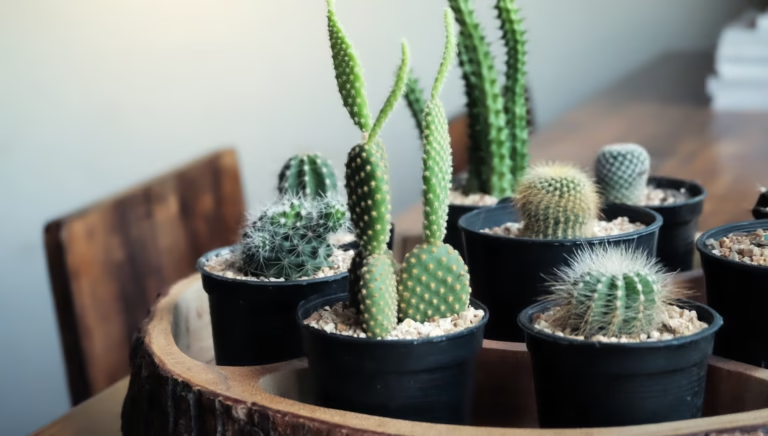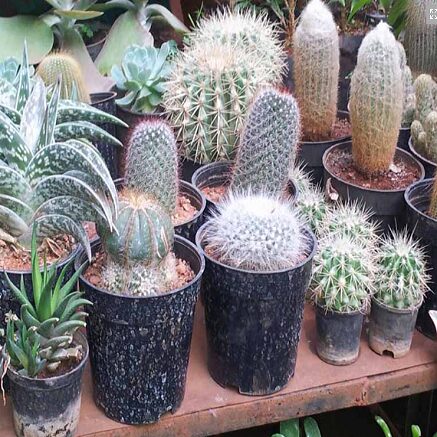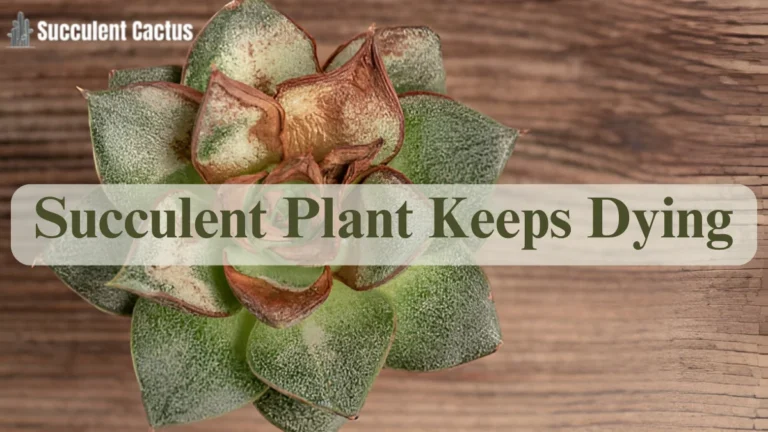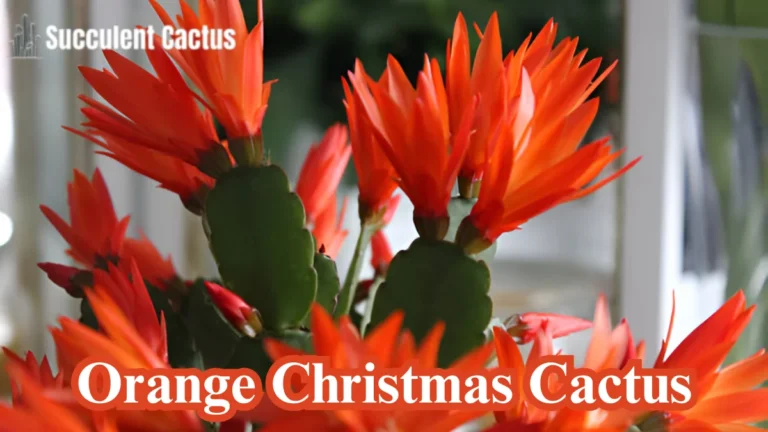The Cactus & Succulent Society of South Australia: A Comprehensive Guide
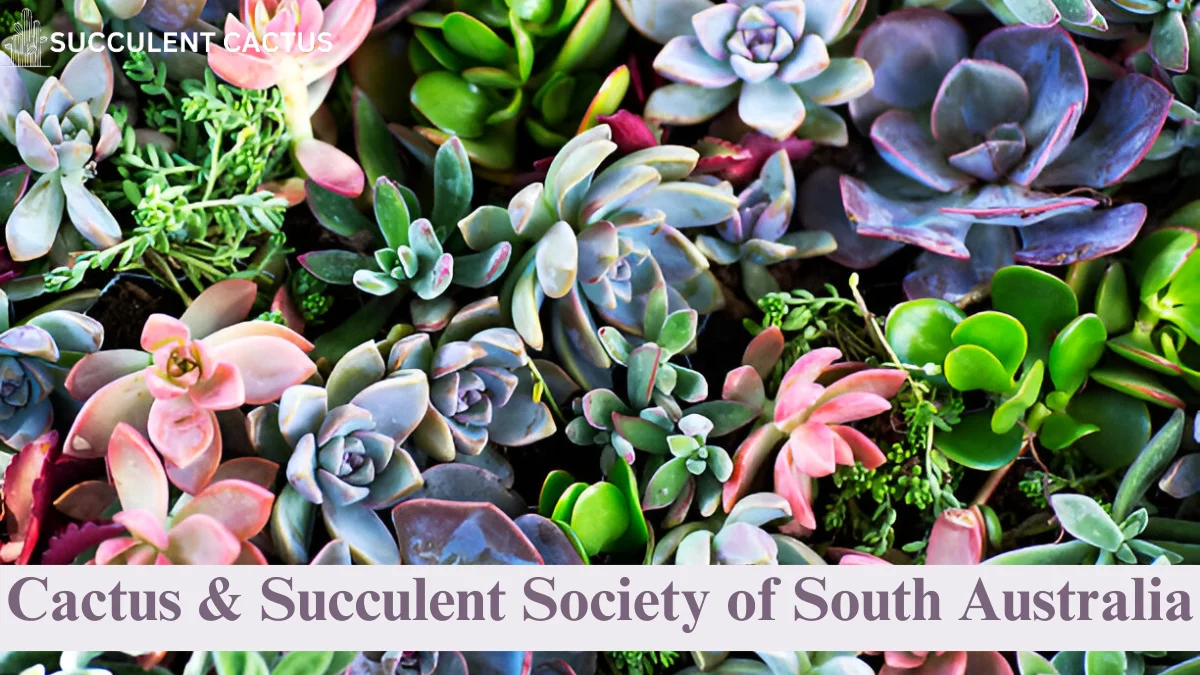
The Cactus & Succulent Society of South Australia (CSSSA) stands as a beacon for plant enthusiasts, offering a community dedicated to the appreciation and cultivation of these unique plants. This guide delves into the society’s history, membership benefits, activities, conservation efforts, and more, providing an in-depth look at what makes the CSSSA a cornerstone of South Australia’s botanical community.
Introduction to the Cactus & Succulent Society of South Australia
The CSSSA has been a pivotal organization for plant lovers in South Australia. Established in 1964, the society has grown to include over 150 members, ranging from beginners to experts. Its mission is to promote the understanding, cultivation, and conservation of cacti and succulents among growers in South Australia. (csssa.org.au)
The Society’s Mission and Vision
The CSSSA aims to foster a deeper appreciation for cacti and succulents. By providing educational resources, hosting events, and facilitating community engagement, the society encourages both novice and experienced gardeners to explore the diverse world of these plants. Their vision encompasses:
- Education: Offering workshops and talks to disseminate knowledge about plant care and cultivation.
- Conservation: Promoting sustainable practices to preserve rare and endangered species.
- Community: Building a network of enthusiasts who share a passion for cacti and succulents.
Growth and Development Over the Years
Since its inception, the CSSSA has seen significant growth. Starting with a small group of enthusiasts, it has expanded its membership base and activities. Key milestones include:
- Annual Shows: The society holds several shows and is represented at the Festival of Flowers and Mt Pleasant Spring Garden Festival each year. (csssa.org.au)
- Publications: Issuing a monthly illustrated newsletter and an annual journal to keep members informed and engaged.
- Community Outreach: Members regularly give talks at other South Australian garden societies and social clubs to promote an interest in cacti and succulents.
Impact on the Local Community
The CSSSA has significantly influenced the local community by:
- Providing Resources: Offering an extensive library of specialist books available on loan to members.
- Encouraging Participation: Hosting events that attract visitors who often leave with new additions to their collections and expert advice about cultivation.
- Fostering Connections: Creating a platform for individuals to share their passion and knowledge, thereby strengthening the community’s bond.
Membership Benefits
Joining the CSSSA opens the door to a wealth of resources and opportunities tailored for cactus and succulent enthusiasts.
Access to Exclusive Resources
Members enjoy:
- Monthly Newsletters: Illustrated updates featuring articles on plant care, upcoming events, and society news.
- Annual Journal: In-depth articles, research findings, and member contributions.
- Specialist Library: A collection of books and publications available for loan, covering various aspects of cactus and succulent cultivation.
Networking Opportunities
The society provides a platform to connect with like-minded individuals through:
- Monthly Meetings: Regular gatherings featuring guest speakers, plant discussions, and social interactions.
- Workshops and Demonstrations: Hands-on sessions to learn about plant care, propagation, and display techniques.
- Field Trips and Nursery Visits: Organized visits to explore local succulent habitats and nurseries.
Educational Workshops and Events
Members can enhance their knowledge and skills by participating in:
- Plant Shows and Competitions: Annual exhibitions where members showcase their best plants.
- Plant Sales and Swaps: Events where members can buy, sell, or trade rare and exotic species.
- Guest Speaker Sessions: Talks by experts covering various topics related to cacti and succulents.
Activities and Events
The CSSSA hosts a variety of activities and events throughout the year, catering to the diverse interests of its members.
Monthly Meetings
Held regularly, these meetings offer:
- Guest Speakers: Experts share insights on topics ranging from plant care to conservation efforts.
- Plant Discussions: Members discuss their experiences, challenges, and successes in cultivating cacti and succulents.
- Social Interaction: Opportunities to connect with fellow enthusiasts and exchange knowledge.
Annual Shows and Exhibitions
The society organizes annual events, including:
- Festival of Flowers: A showcase of members’ plants, attracting visitors and promoting interest in cacti and succulents.
- Mt Pleasant Spring Garden Festival: An event where members display a range of plants and offer many beautiful plants for sale to gardeners and collectors. (csssa.org.au)
Field Trips and Nursery Visits
These excursions provide members with:
- Exposure to Diverse Species: Opportunities to see a variety of cacti and succulents in different settings.
- Learning Experiences: Insights into cultivation practices from nursery owners and fellow members.
- Community Building: Strengthening bonds among members through shared experiences.
Conservation Efforts
The CSSSA is committed to the conservation of cacti and succulents, recognizing the importance of preserving these unique plants for future generations.
Importance of Conservation
Cacti and succulents face threats from habitat loss, illegal collection, and climate change. Conservation efforts are crucial to:
- Preserve Biodiversity: Maintaining the variety of species ensures ecological balance.
- Protect Endangered Species: Safeguarding plants at risk of extinction.
- Promote Sustainable Practices: Encouraging responsible cultivation and collection.
CSSSA’s Role in Conservation
The society contributes to conservation through:
- Educational Initiatives: Promoting responsible plant collecting and cultivation practices.
- Collaboration: Working with local botanical gardens and conservation groups to protect rare and endangered succulent species.
How Members Can Participate
Members are encouraged to:
- Engage in Sustainable Cultivation: Adopting practices that minimize environmental impact.
- Participate in Conservation Projects: Involvement in initiatives aimed at preserving native habitats and species.
- Educate Others: Sharing knowledge about the importance of conservation within their communities.
Cultivation Tips for South Australia’s Climate
Growing cacti and succulents in South Australia’s climate requires understanding specific environmental factors and plant needs.
Understanding the Local Climate
South Australia experiences:
- Hot Summers: High temperatures and low humidity.
- Mild Winters: Cooler temperatures with occasional rainfall.
- Variable Rainfall: Periods of drought interspersed with rainfall events.
These conditions influence plant selection and care practices.
Selecting Suitable Species
Some species well-suited to South Australia’s climate include:
- Echeveria: Known for their rosette-shaped leaves and tolerance to heat.
- Aeonium: Adaptable to various conditions, thriving in mild winters and hot summers.
- Sedum: Hardy plants that can withstand periods of drought.
Best Practices for Cultivation
To ensure healthy growth:
- Soil: Use a well-draining cactus or succulent mix to prevent root rot.
- Watering: Water deeply but infrequently, allowing the soil to dry out completely between waterings. During summer, water once every two weeks, while in winter, reduce watering significantly to prevent root rot.
- Sunlight: Provide ample sunlight, as most cacti and succulents thrive in full sun. However, during extreme summer heat, some species may benefit from partial shade to prevent sunburn.
- Protection from Frost: While South Australia has mild winters, occasional cold snaps can damage sensitive succulents. Use frost cloths or bring potted plants indoors when temperatures drop too low.
- Container vs. Ground Planting: Succulents in pots require more frequent watering and soil checks than those planted in the ground. Choose containers with drainage holes to prevent waterlogging.
- Fertilizing: Feed your plants with a diluted, balanced fertilizer during the growing season (spring and summer) to promote healthy growth. Avoid fertilizing in winter when plants are dormant.
By following these cultivation tips, you can successfully grow and maintain vibrant cacti and succulents in South Australia’s unique climate.
Watering and Soil Requirements for Cacti and Succulents
The Importance of Proper Watering
Watering plays a crucial role in the health of cacti and succulents. Unlike typical houseplants, these plants store water in their leaves, stems, and roots, allowing them to survive in arid conditions. However, improper watering is one of the most common causes of plant death.
- Overwatering Risks: Too much water leads to root rot, a major issue in succulents. Signs include yellowing, mushy leaves, and a foul smell from the soil.
- Underwatering Risks: While these plants are drought-tolerant, prolonged dryness can cause wrinkling and shrinking leaves.
- Watering Schedule:
- In summer, water once every 7–10 days, depending on the plant species and soil dryness.
- In winter, reduce watering to once a month to prevent excess moisture retention.
- Always water deeply, ensuring the roots absorb moisture, but let the soil dry out completely before the next watering.
Choosing the Right Soil Mix
Cacti and succulents thrive in well-draining soil. Ordinary garden soil holds too much moisture, leading to root rot. A proper mix should be:
| Soil Component | Purpose |
| Coarse sand | Improves drainage |
| Perlite or pumice | Enhances aeration |
| Potting soil | Provides organic nutrients |
| Crushed granite or small gravel | Prevents soil compaction |
You can purchase pre-made cactus and succulent soil or create your own by mixing two parts sand, one part perlite, and one part potting soil.
Common Soil-Related Issues and Solutions
- Compacted Soil: If water pools on the surface, aerate the soil or repot the plant using a looser mix.
- Nutrient Deficiency: If leaves appear dull or growth is slow, fertilize with a diluted cactus fertilizer during the growing season.
- Alkaline Soil Issues: Some succulents prefer slightly acidic soil. Adding peat moss can help balance the pH.
Sunlight and Temperature Needs
How Much Sunlight Do Cacti and Succulents Need?
Sunlight is a vital factor in growing healthy succulents. These plants need bright, indirect light but should be protected from extreme sun exposure.
- Best Locations: A north-facing window in South Australia provides the perfect balance of light.
- Outdoor Growing: If growing outdoors, place plants where they receive morning sunlight but are shaded in the afternoon.
- Avoid Sunburn: Signs of excessive sun exposure include brown patches and scorched leaf tips. If this happens, move the plant to a shadier location.
Temperature Tolerance and Seasonal Adjustments
Cacti and succulents are adapted to hot and dry conditions, but they still require temperature regulation.
| Season | Ideal Temperature | Care Adjustments |
| Summer | 25–35°C (77–95°F) | Increase watering, provide afternoon shade |
| Winter | 5–15°C (41–59°F) | Reduce watering, protect from frost |
- Heat Stress: If leaves start to wrinkle or turn red, it may indicate excessive heat exposure. Move the plant to a partially shaded area.
- Frost Protection: During cold winter nights, bring potted plants indoors or cover outdoor plants with frost cloth.
Adjusting Sunlight for Indoor vs. Outdoor Plants
- Indoor Plants: Rotate pots every two weeks to ensure even light distribution.
- Outdoor Plants: Acclimate plants gradually when moving them outside to avoid sun shock.
Propagation Techniques for Cacti and Succulents
Methods of Propagation
There are several ways to propagate cacti and succulents:
- Leaf Cuttings: Ideal for Echeveria and Jade plants. Remove a healthy leaf and let it dry for 2–3 days before planting.
- Stem Cuttings: Best for species like Aloe Vera and Christmas Cactus. Cut a segment, allow it to callous over, and plant in dry soil.
- Offsets (Pups): Many succulents produce baby plants called offsets. Gently separate them and replant them.
- Seeds: While slower, growing from seeds is rewarding. Sow seeds in well-draining soil and keep them slightly moist.
Best Time for Propagation
Spring and early summer offer the best conditions for propagation, as plants enter their active growing phase. Avoid propagating in winter when growth slows down.
Common Propagation Challenges
- Rotting Cuttings: Ensure cuttings are dry before planting to prevent fungal infections.
- Slow Rooting: If roots are taking too long to develop, check for excessive moisture or insufficient warmth.
- Shriveling Leaves: Newly propagated leaves might shrivel before growing roots. Mist them lightly instead of deep watering.
Pests and Diseases: Prevention and Treatment
Common Pests
Cacti and succulents can attract pests such as:
- Mealybugs: White, cotton-like insects that suck sap from plants. Solution: Use rubbing alcohol to wipe them off.
- Aphids: Tiny green bugs that cluster on new growth. Solution: Spray with neem oil or soapy water.
- Spider Mites: Invisible to the naked eye but leave fine webbing on plants. Solution: Increase humidity and apply insecticidal soap.
Disease Prevention Strategies
- Avoid Overwatering: Excess moisture encourages fungal infections.
- Improve Air Circulation: Proper spacing between plants reduces humidity-related diseases.
- Sterilize Tools: Prevent the spread of infections by cleaning pruning tools before use.
Treating Infected Plants
- Mild Infections: Remove affected leaves and apply an antifungal spray.
- Severe Infections: Repot the plant in fresh, sterilized soil to eliminate contaminated substrate.
Choosing the Right Containers for Cacti and Succulents
The Importance of Proper Containers
Selecting the right container is crucial for the health of your cacti and succulents. The wrong pot can lead to water retention issues, root rot, and stunted growth. When choosing a pot, consider:
- Drainage Holes: Essential to prevent excess water buildup. Avoid pots without drainage unless you’re experienced with watering control.
- Size Matters: A pot that’s too large holds extra moisture, leading to rot. Opt for a pot just slightly larger than the root ball.
- Material Considerations: Terracotta, ceramic, plastic, and concrete pots all have their advantages.
Best Pot Materials for Cacti and Succulents
| Pot Type | Pros | Cons |
| Terracotta | Breathable, prevents overwatering | Can dry out quickly, heavy |
| Ceramic | Stylish, retains some moisture | Heavy, can break easily |
| Plastic | Lightweight, holds moisture longer | Less breathable, can overheat |
| Concrete | Sturdy, great for large plants | Extremely heavy, may leach minerals |
For outdoor plants, concrete or terracotta works best. Indoors, ceramic or plastic can be ideal, depending on the environment.
Repotting: When and How to Do It
Succulents and cacti need repotting every 1–3 years. Signs that it’s time to repot include:
- Roots growing out of the drainage holes
- Soil drying out too quickly
- Slow growth despite proper care
Steps to repot:
- Gently remove the plant from its current pot, shaking off excess soil.
- Trim any dead or rotting roots before placing it in fresh, well-draining soil.
- Water lightly after a few days to allow the roots to settle.
Landscaping with Cacti and Succulents in South Australia
Designing a Succulent Garden
Cacti and succulents are perfect for water-wise landscaping. Their ability to thrive in drought conditions makes them ideal for South Australian gardens.
- Group plants with similar needs: Place desert cacti together and shade-loving succulents in another area.
- Use gravel or sand as mulch to retain moisture while ensuring drainage.
- Incorporate rocks and driftwood for a natural look that mimics their native habitat.
Best Succulents for Landscaping
For a stunning landscape, consider these species:
| Plant | Growth Habit | Special Features |
| Agave americana | Large rosettes | Architectural beauty |
| Aloe Vera | Spreading clumps | Medicinal properties |
| Opuntia (Prickly Pear) | Tall, branching | Edible pads and fruit |
| Euphorbia tirucalli (Firesticks) | Upright, colorful | Drought-resistant |
| Sedum (Stonecrop) | Ground cover | Hardy and adaptable |
Maintenance Tips for Outdoor Succulent Gardens
- Water deeply but infrequently, mimicking natural desert rain cycles.
- Protect from extreme frost using frost cloth or by relocating potted succulents.
- Prune overgrown or leggy plants to maintain their shape and encourage new growth.
Rare and Exotic Cacti and Succulents in South Australia
Unique and Uncommon Species
Beyond the common varieties, many collectors seek rare and unusual cacti and succulents. Some standout species include:
| Rare Succulent | Origin | Special Feature |
| Lithops (Living Stones) | South Africa | Mimics pebbles for camouflage |
| Astrophytum asterias | Mexico | Star-shaped, spineless cactus |
| Pseudolithos cubiformis | Somalia | Cube-like growth pattern |
| Pelecyphora aselliformis | Mexico | Small, intricate spines |
| Ariocarpus fissuratus | USA/Mexico | Looks like cracked stone |
Where to Find Rare Cacti and Succulents
Collectors can find rare species through:
- Specialist nurseries such as Succulent Garden Nurseries in South Australia
- Online plant auctions and swaps
- CSSSA’s annual sales and member exchanges
Caring for Exotic Species
Rare cacti and succulents often require specialized care:
- Use a fast-draining soil mix with added pumice or perlite.
- Provide temperature control, especially for species sensitive to frost.
- Avoid overwatering, as many rare varieties are slow growers with delicate root systems.
FAQs: Most Asked Questions
How often should I water my succulents? Water every 7–10 days in summer and once a month in winter, ensuring the soil dries out between waterings.
Why are my succulent leaves turning yellow? Yellowing leaves often indicate overwatering or poor drainage. Adjust watering frequency and check the soil mix.
Can succulents grow indoors? Yes! Succulents thrive indoors with bright, indirect light and proper air circulation. A south or west-facing window works best.
How do I know if my cactus is getting enough light? Healthy cacti display vibrant colors and firm growth. If your cactus stretches toward light or turns pale, it’s not receiving enough sun.
What’s the best soil for succulents? Use well-draining soil with a mix of sand, perlite, and potting soil to prevent root rot.
Conclusion
The Cactus & Succulent Society of South Australia (CSSSA) provides a welcoming community for plant enthusiasts to learn, share, and grow their collections. By understanding the right watering techniques, soil mix, sunlight needs, propagation methods, and pest management, anyone can successfully cultivate thriving cacti and succulents.
Whether you’re a beginner or an experienced grower, joining the CSSSA offers a wealth of knowledge, access to rare plants, and a chance to connect with like-minded individuals. If you’re passionate about these fascinating plants, consider becoming a member today! (csssa.org.au)

